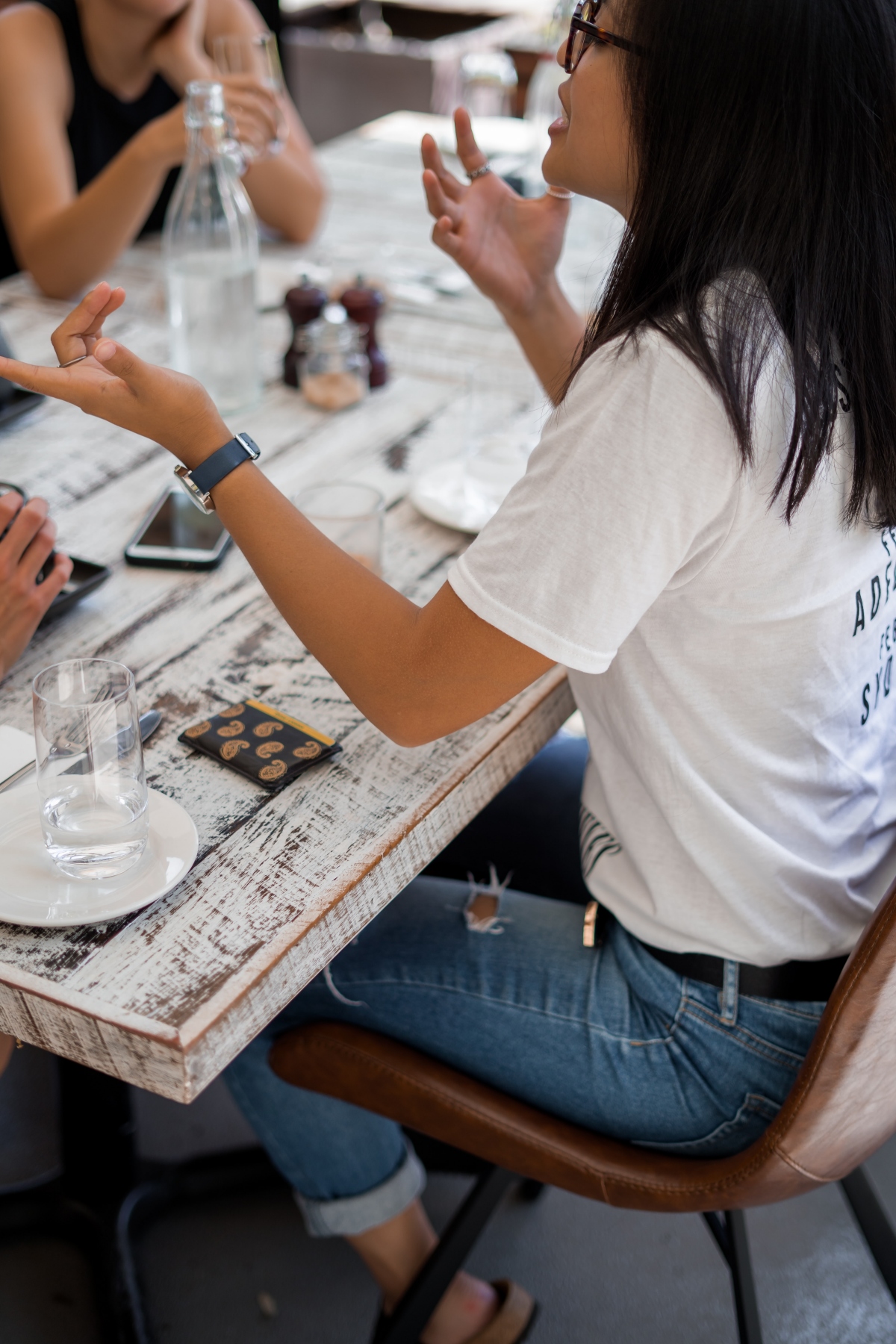The science of body language still has a lot to be discovered. While there have been great advances in the field, like determining where in the brain genuine smiles come from (we’ll talk more about that later), there are still a lot of unknowns when it comes to deciphering what certain postures, poses, and facial expressions mean. Many experts can give conflicting advice about the varying emotions behind the same gestures and part of that comes down to the individual and the context. Here we’ll break down some common body language assumptions to see how they can be perceived differently in various contexts.

Eyebrow Movement
Raised eyebrows have been said to be a sign of a friendly or submissive greeting, but it’s also taken as a sign of surprise or of sarcasm when accompanied by a statement. If this gesture comes with a shoulder shrug it’s probably very innocent, but of course each situation is different. This is a facial expression that really requires context to interpret.

Smiling
Pioneering 19th century psychologist Guilllerme Duchene found that humans were capable of a real smile and fake one. The former uses 2 main muscle groups, while the latter uses only 1. This results in an incomplete smile where the eyes aren’t usually as crinkly and the corners of the mouth may not turn upwards as much.

Modern research has revealed that these 2 different expressions are actually controlled by different parts of the brain and that they also make you feel very different. In one study fake smiles were associated with a higher divorce rate.
So how do you tell when someone is really smiling? Look at their eyes. The more wrinkles there are the more likely they are showing you a true smile controlled by the limbic or emotional center of the brain.
Mirroring
It’s been shown that over time couples and families adopt similar poses and facial expressions, but this can also happen with total strangers. Mirroring is a human reaction to getting along and when someone copies your movements they are most likely in alignment with what you’re saying. This type of activity signals that they are receptive to your ideas. And, if you’re on date it can often mean the other person is attracted to you.

This is an unconscious action that most people will engage in. Yawning when someone else yawns and smiling back when someone smiles at you are examples of how we do this on a smaller scale everyday. But, there’s a branch of business training in which people are now being coached on how to mimic others in order to foster better business relationships or outcomes.
Slouching
Many of us were told again and again growing up not to slouch. There’s evidence that slouching can hurt your spine, but it can also affect your digestion and your pelvic floor muscles. In addition to that though, slouching sends a social signal to others.

This posture takes up less space than more expansive poses like standing or sitting with shoulders back or making large arm motions. These bigger stances and movements signal power and authority. Many runners and athletes (even blind athletes) will unconsciously raise their arms after they win a race as it is a pose of victory. To slouch or slump gives the opposite impression and may make it harder for others to take you seriously.
Eye Contact
Locking eyes can be seen as either a controversial move or a welcome invitation depending on the situation. Eye contact among strangers can be interpreted as threat or a challenge. In social situations with friends some people can interpret lack of eye contact as a sign of someone hiding something. Making prolonged eye contact can also be used as a way to mask lying.

Eye contact without threat is considered a sign of intimacy or connection so it makes sense why so many people can be offended if it’s not given freely in a social situation. But, since it can be seen as a threatening move some people simply don’t make as much eye contact as others.













